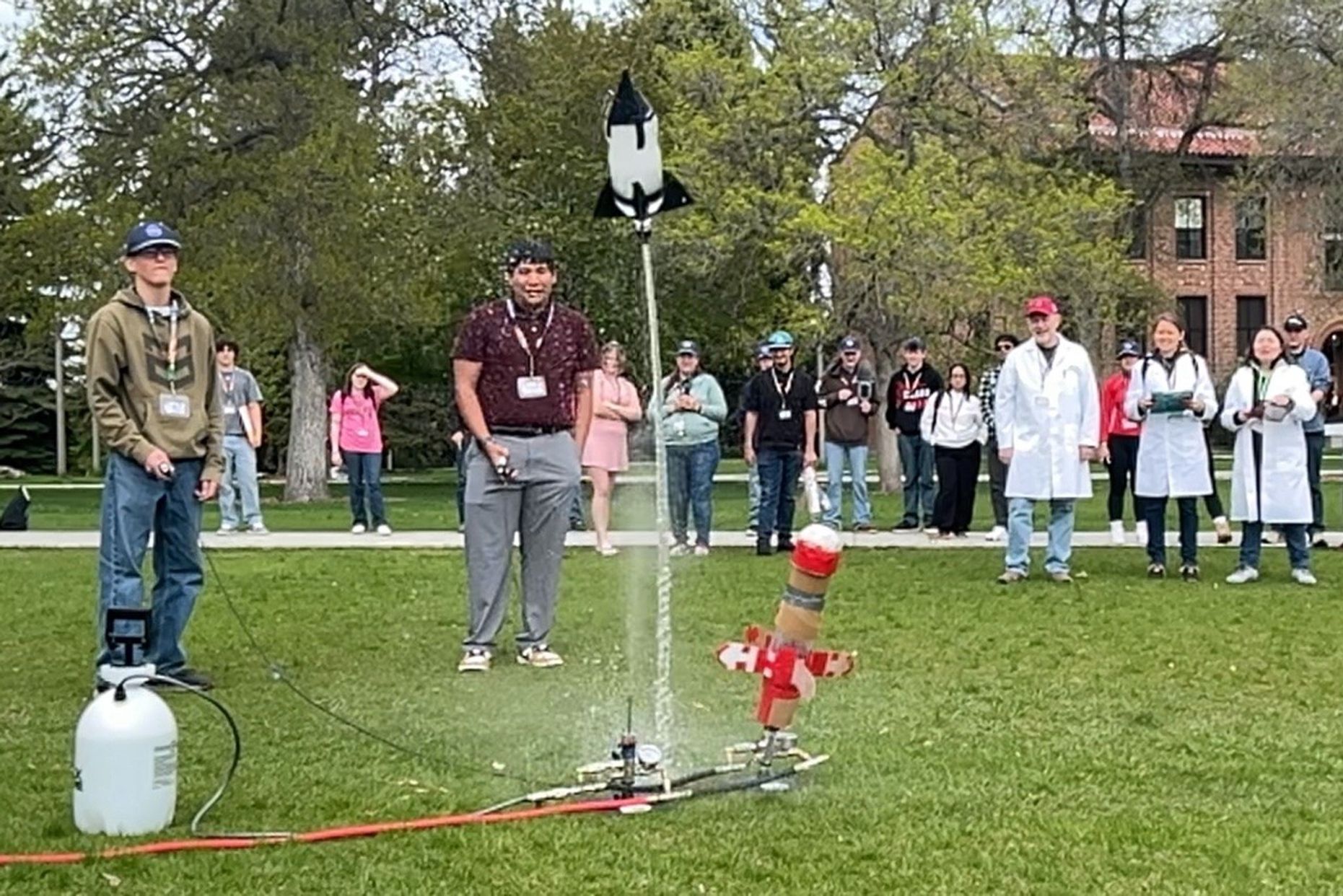May 10, 2013: Sunset is a special time of day. Low-hanging clouds glow vivid red and orange as the background sky turns cobalt blue. The first stars pop out in the heavenly dome overhead, eliciting wishes from backyard sky watchers.
The sunset of May 26th will be extra special. On that date, Venus, Jupiter and Mercury will gather in the fading twilight to form a bright triangle only three degrees wide.
A new ScienceCast video previews coming attractions in the sunset sky.
Triple conjunctions of planets are fairly rare. The last time it happened was in May 2011, and it won't happen again until October 2015. This triple is especially good because it involves the three brightest planets in May's night sky: #1, Venus; #2, Jupiter; and #3, Mercury. The triangle will be visible even in places with heavy urban light pollution.
The best time to look is about 30 to 60 minutes after sunset. The three planets will be hugging the horizon, so a clear view of the western sky is essential.
Let Venus be your guide. It pops out of the fading twilight long before the others. As soon as you locate Venus, look in that direction using binoculars. If your binoculars are typical, all three planets will fit in the eyepiece simultaneously. As the twilight continues to fade, set the optics aside; eventually the triangle will become visible to the naked eye.
You don't have to wait until May 26th to enjoy the show, however. The planets start gathering weeks earlier. Dates of special interest include:
May 11th through 13th, when the crescent Moon, Venus, and Jupiter form a long diagonal line jutting upward from the sunset;
The three planets to scale.
May 23rd, when Jupiter and Venus converge to less than 5 degrees apart, close enough for simultaneous binocular viewing;
May 24th, when Mercury passes Venus less than 2 degrees away, giving shape to the triangle that reaches maximum compactness two nights later on May 26th.
The triangle begins to disperse on May 27th, but even then the show is not over. On May 28th, Venus passes Jupiter at a distance of 1 degree, forming a truly spectacular pair.
From beginning to end, the three naked-eye planets will be close enough to fit inside the field of ordinary binoculars from May 23rd until early June. May 26th is just the best among many very good nights.
Step outside, face west, and observe the planets. It's a beautiful way to end the day.
Credits:
Author: Dr. Tony Phillips | Production editor: Dr. Tony Phillips | Credit: Science@NASA

































